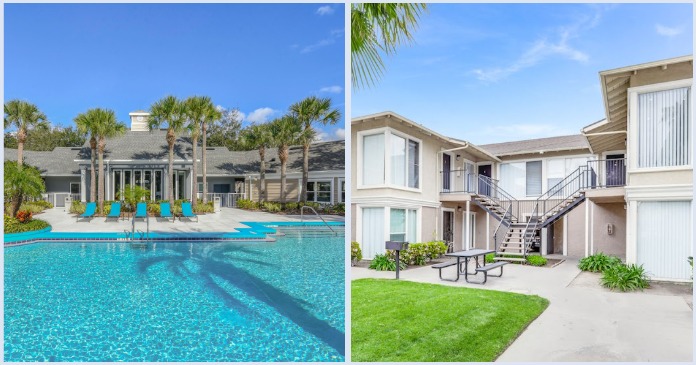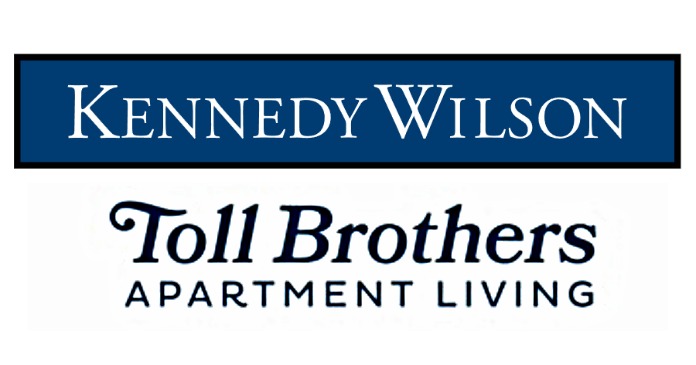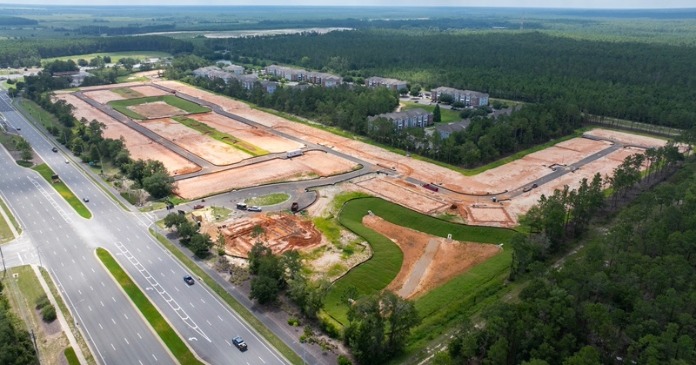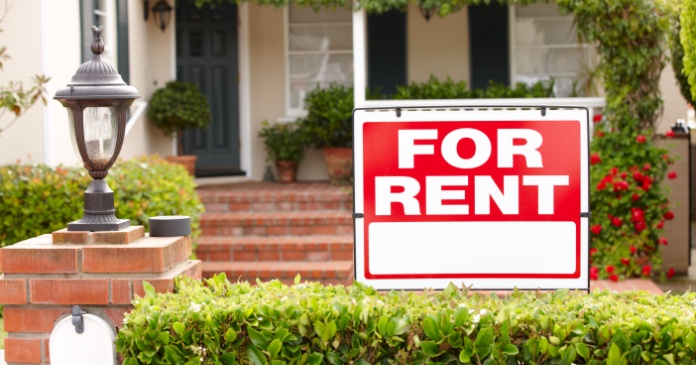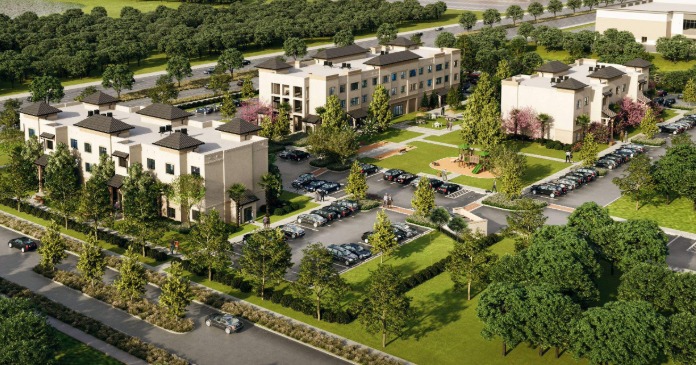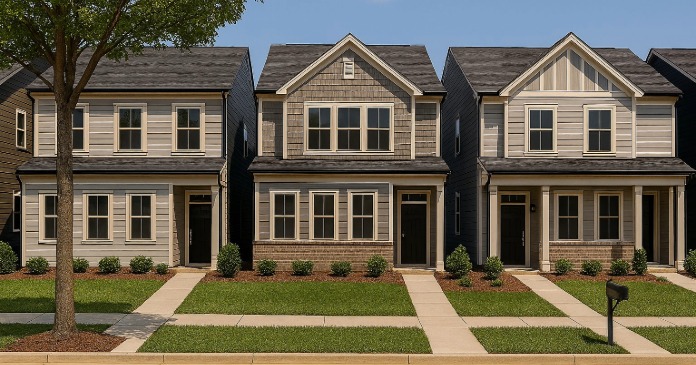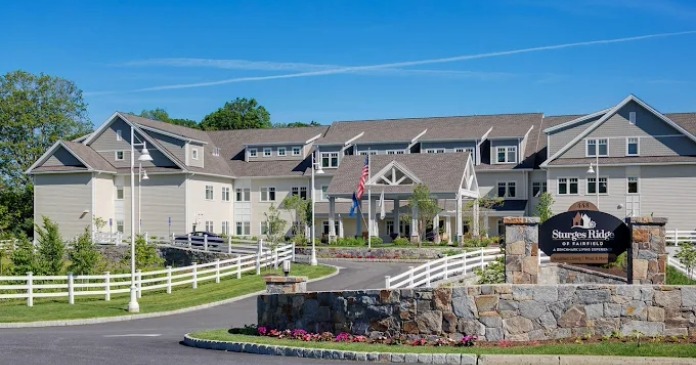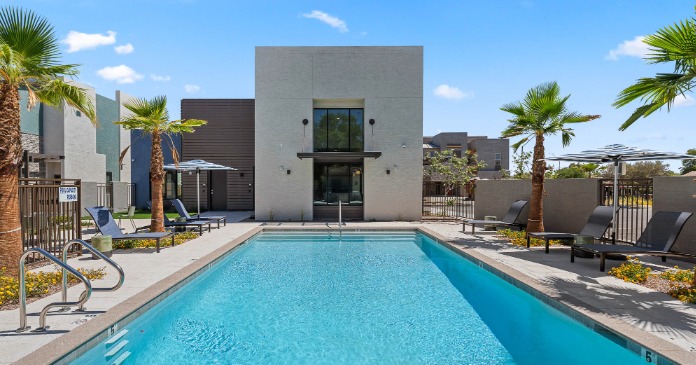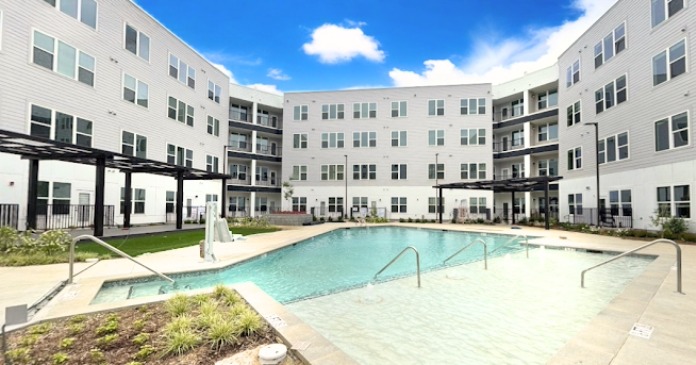Problem: South Hampton Roads Habitat for Humanity in Norfolk, Va. says the region is running out of affordable land.
Solution: The charity affiliate, which has traditionally built single-family homes, is venturing into duplexes and townhouses”all the better to eke out the most value from each slice of land.
“We’ve really been forced into it,” said John Morgan, executive director for the local affiliate of Habitat for Humanity International, which uses volunteer labor and tax-deductible donations of money and materials to build homes for low-income home-buyers.
Prospective homeowners must invest hundreds of hours of labor — sweat equity — but are rewarded with their own homes, complete with no-interest mortgages.
“Habitat’s South Hampton Roads branch is one of a growing number of affiliates from Connecticut to Florida to Arizona that are increasingly focusing on multifamily dwellings to cope with a surging real estate market.
The local Habitat affiliate has built more than 120 homes since 1988 and had $1.1 million in revenues in 2004. But in the past year or so, it has had to compete in a sizzling Hampton Roads real estate market that has driven up the cost of open land.
To cope with the shriveling supply of affordable land, the group has hatched plans to rehabilitate and build multifamily units in order to wring the most out of limited space.
“We have to make the best use of the land we have available,” said Helen Hayes Sommer, the group’s director of development. “When the price of land goes up, to make the cost of a unit affordable, the goal is to be good stewards of what we have.”
Habitat work crews are gutting and refurbishing a town house in Virginia Beach, and the group hopes to win approval to build a 10-unit townhouse complex in that city, with construction to start next fall.
Its crews expect to begin digging the foundation for a duplex in Norfolk’s Berkeley section within the next 40 days. The project is to be completed by April.
“We’re going to have to look at multifamily solutions,” Sommer said. “There’s too much demand chasing too little land.”
The median sales price of homes in South Hampton Roads was up 24.4 percent, or $44,250, higher in October 2005 than the same month the year previous, according to the Real Estate Information Network (REIN), the region’s multiple listing service. Undeveloped land and farms sold for about $52,370 more on average through the first 10 months of 2005 compared to the same period a year ago, an increase of 42.2 percent, according to REIN.
“There’s a lack of land, period, for anyone that’s in the market for real estate,” said Shurl R. Montgomery, executive director of the Norfolk Redevelopment and Housing Authority. “Residential single-family lots and commercial properties are two very difficult things to find right now. Those that do possess those properties are asking top dollar.”
Sales of existing homes nationwide are expected to increase 4.8 percent to 7.11 million this year, with sales of new homes growing by 8 percent to 1.3 million, according to the National Association of Realtors. The median price of existing homes across the nation is expected to grow by 5.3 percent to $219,200 in 2006 after jumping about 12.4 percent this year, the association said.
“Habitat is not immune to winds of change in the housing market,” said Nicolas Retsinas, director of Harvard University’s Joint Center for Housing Studies. “One of those winds of change is the increased price of land.”
In Fall 2005, the Habitat for Humanity affiliate in Pinellas County, Fla., reached a tentative agreement to buy a 2.6-acre site for 30 townhouses, the first ever built by the group. “The old strategy of building only single-family homes is no longer workable in the face of skyrocketing land prices,” said Communications Director Rebeca Searcey.
“We’ve always known that this county was pretty built out,” Searcey said. “But now, it’s ridiculous.”
In Cave Creek, Ariz., nestled among golf courses and cactus-studded hills north of Phoenix, Habitat’s Desert Foothills affiliate has built only condominiums since its inception four and half years ago.
“We have found land for single-family to be completely unaffordable,” said Executive Director Mary Kurth. “If we have to continue to pay market value, then yes, we’re going to have to continue with condominiums.”
Said the local Habitat affiliate’s Morgan: “For Habitat to survive and do what they need to do in their communities, they’re going to have to think outside of the box. And it’s not just going to be single-family homes anymore.”
Author: Jeremiah McWilliams




